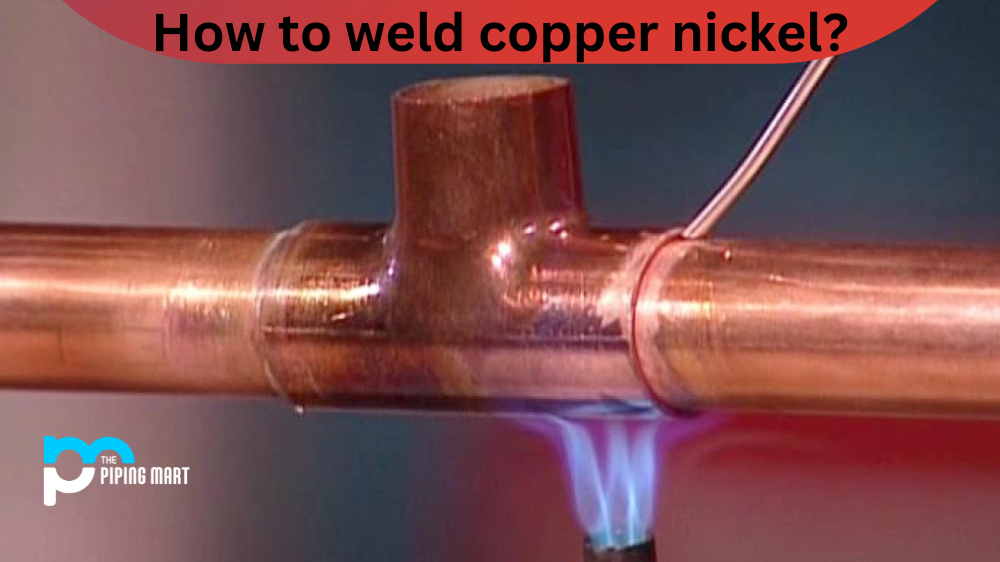With its superior strength and corrosion resistance, copper-nickel is an ideal alloy for a wide variety of marine, industrial, and architectural applications. However, copper-nickel welding can be a tricky process if you don’t have the right equipment or technique. Luckily, with the right knowledge and preparation, welding copper-nickel can be done safely and efficiently. Let’s take a look at some tips for getting started.
Equipment Selection
The first step in any successful welding job is selecting the right equipment for your application. Copper-nickel alloys are commonly welded using gas tungsten arc welding (GTAW), also known as inert tungsten gas (TIG) welding. This process is ideal because it provides high-quality welds with minimal heat input and distortion while allowing the user to control current more precisely than other processes like MIG or arc welding.
In order to get the most out of your GTAW setup, you must make sure that you have a high-quality power source, such as an inverter machine, along with appropriate filler rods and shielding gas. The correct shielding gas will depend on your specific application, but typically argon or helium mixtures work best for copper-nickel alloys. Make sure to double-check that your equipment is compatible before beginning your project.
Welding Techniques
Once you have selected the proper equipment, it’s time to get started on your project! Before you begin welding, make sure that both surfaces are clean and free from contaminants such as oil or rust, which could cause porosity or crack in the weld joint. It’s also important to keep in mind that copper-nickel alloys have very low hot crack resistance, so avoid excessive heat input while welding in order to prevent cracking or warping of parts after cooling down.
When setting up your GTAW machine, make sure that you select a current setting that corresponds to the material thickness being welded and always use short arcs when possible; this will help minimize heat input into the material while still providing adequate penetration into the joint surface. And finally, don’t forget to use a filler rod when necessary! The filler rod should match the parent material as closely as possible in order to ensure strong bonds between parts after cooling down.
Conclusion:
Copper-nickel alloys are incredibly versatile materials thanks to their strength and corrosion resistance; however, they must be welded correctly in order for them to perform properly over time. By following these tips on equipment selection and proper welding techniques, you can confidently tackle any project involving copper-nickel alloys without worrying about poor results due to improper technique or inadequate preparation. With careful preparation and knowledge of proper techniques, you will be able to successfully complete any copper-nickel alloy welding project!

Pipingmart is a B2B portal that specializes in metal, industrial and piping items. Additionally, we share the latest information and information about materials, products and various types of grades to assist businesses that are involved in this business.




